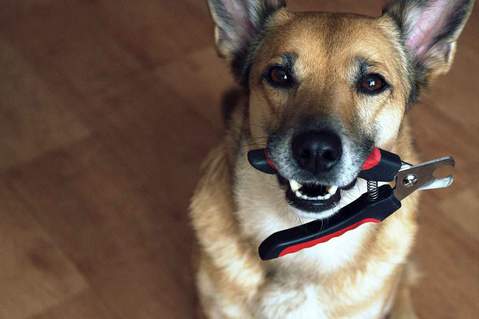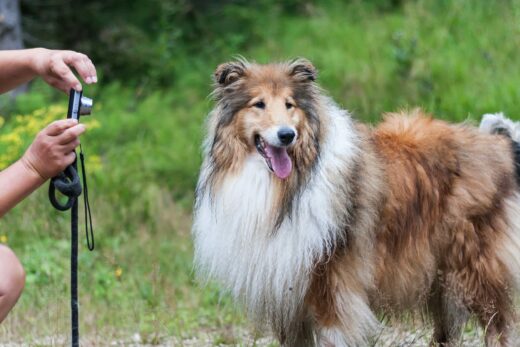
Whether you’re bringing home a new puppy, adopting an adult dog from a shelter, or wanting your family dog to brush up on their skills, there are some basic obedience commands that all dogs should know. These commands can help keep your dog safe and well-behaved, setting you both up for success.
When it comes to training the basics, when and where should dog parents start?
Basic commands
Dogs love to learn and there are some basic commands that they should know for both safety and for good dog manners. Knowing these basics is very useful when your dog is either headed for a dangerous situation or about to eat something that might disagree with them, like that dead squirrel or the neighbor’s trashcan.
- Come – Reliable recall skills can keep your dog out of trouble when off leash. Use a high value treat, paired with a verbal cue like “come” or “here,” to train your dog to return to you when called. Make it a fun game by throwing a treat for him to go after, and then calling him with the verbal cue to return to you for another treat. Use the cue at unexpected times or from another room and always have the treat ready for him when he comes.
- Sit – Teaching your dog to sit can help manage unwanted behaviors. For example, a sitting dog can’t jump, so train your dog to sit when you walk in the door to avoid jumping greetings. Hold a treat close to your dog’s nose while they are standing in front of your and move the treat towards their forehead or back of the head. Your dog will likely try to follow your hand with their gaze and sit down in the process. As they sit, use the verbal cue and give them the treat. Move away to get your dog to stand up and repeat! Never push your dog’s hind end down as it can be intimidating and confusing.
- Down – Similar to sitting, lying down helps to avoid bad behavior like counter surfing and running away. While your dog is sitting, move a treat from in front of their nose down to their front paws. Move the treat along the floor away from your dog until they lie down. Try training this command when your dog is tired—they are already more likely to be on the ground so all you have to do is mark the behavior with a verbal cue and reward.
- Stay – A dog who knows how to stay won’t run into the street or get underfoot while you’re busy, keeping both of you safe. Start training your dog to stay for only a few seconds, giving them a verbal and or visual cue and rewarding them only before they move. If they move, do not reward them and try again. Gradually increase the amount of time and distance you ask them to stay in place.





